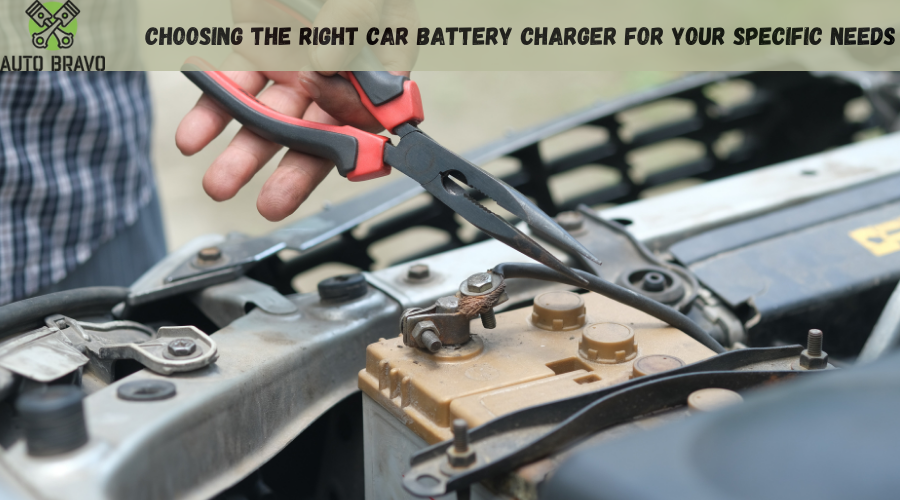
May 18,2023
A battery charger might be useful if you have a vehicle in storage or your automobile won't start. Battery chargers for automobiles connect to the battery's terminals and are powered by a standard wall outlet. They may be used to restore power to a dead battery or to keep a fully charged battery from dying while a vehicle sits idle, such as while it is being stored.
Check out our manual if you need instructions on charging your car's battery.
Charging your car's battery is one of three basic tasks that chargers may do. Make sure the charger you choose has the features you need mostly provided by an authentic car battery charger distributor.
This method, often known as "trickle" charging, involves constantly supplying a small amount of power to your battery, even when it is dormant.
If your battery is low, it will transmit electricity to recharge. A fully charged battery may be reached in anywhere from 6 to 24 hours, with the average being closer to 10 hours.
The effect is the same as giving a vehicle a jump start. It's often only seen on more extensive, industrial-strength chargers since it requires so much juice.
Standard battery chargers and smart battery chargers are the two most common options.
Traditional chargers often have more subdued designs, less complex user interfaces, and less extra functionality. They may be less expensive than smart chargers but often lack more advanced features. They are also not appropriate for cars equipped with start/stop systems.
A smart battery charger is far more advanced than a regular battery charger, with functions meant to preserve the battery's optimal state. A basic battery charger can provide almost constant power to a car's battery while also protecting it from overcharging and overheating. They function much like a charging wire, supplying power to a massive battery.
Like regular battery chargers, smart battery chargers can charge and trickle charge batteries, but they also provide charging modes designed for certain battery chemistries. The capacity to recondition automotive batteries is also included in the software of smart battery chargers. The most common benefits of using a smart battery charger are as follows:
Smart battery care is like using a regular battery charger but is much more effective. Intelligent battery chargers will be able to identify the vehicle's battery type, the surrounding temperature, and other parameters to determine the most effective charging method.
There are just two factors to consider when choosing a battery charger if you already know the charging you want to perform:
How big is the engine, specifically? When the engine size increases, so does the battery size., and the more influential the charger must be. Make sure the charger is big enough for your engine.
Tell me about the battery you're using. Gel or calcium batteries, or the AGM/EFB kind often seen in vehicles with start-stop capabilities, need a smart charger but may be charged by any standard battery charger for lead acid batteries.
What functions are most important to you? Do you need a clear digital screen? Perhaps a seasonal setting? Definable charging intervals? Consider your needs carefully to help you restrict the field.
This concludes our brief overview of automotive battery chargers. Make sure the charger is compatible with your battery and can handle the load you want to put on it.